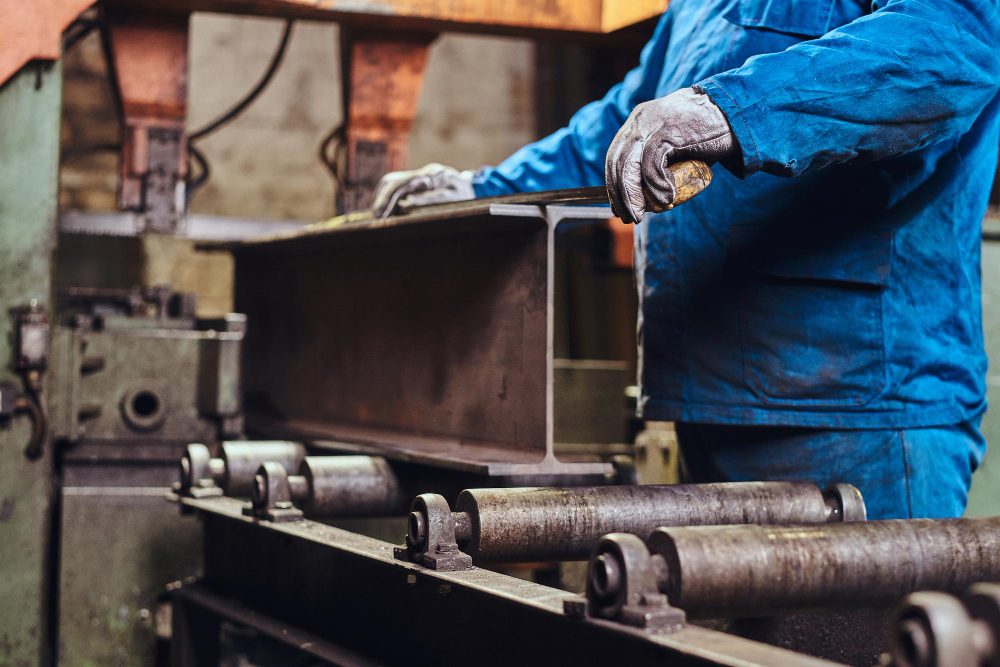Can You Weld Cast Iron Radiators? A Comprehensive Guide

Cast iron radiators are not just functional heating devices but also timeless pieces of art that add charm to any living space. These robust radiators have been popular for generations due to their durability, classic aesthetics, and excellent heat retention properties. However, like any metal product, cast iron radiators may require occasional repairs, leading many to wonder, “Can you weld cast iron radiators?” In this comprehensive guide, we’ll explore the possibilities of welding cast iron radiators, the best practices, and alternative repair options.
Section 1: Understanding Cast Iron Radiators Before delving into the welding aspect, let’s first understand what cast iron radiators are and why they hold such a special place in interior design.
1.1 What are Cast Iron Radiators? Cast iron radiators are heating systems made from cast iron, a material known for its excellent heat retention and long-lasting properties. They have a classic appearance characterized by elegant designs and intricate detailing, making them a popular choice for both traditional and contemporary interiors.
1.2 The Advantages of Cast Iron Radiators Highlight the benefits of cast iron radiators, such as:
- Superior heat retention, ensuring warmth even after the heating system has been turned off.
- Durability and longevity, making them an excellent investment for the long term.
- Classic and timeless aesthetics, adding a touch of sophistication to any room.
- Eco-friendly option due to their recyclable nature and energy-efficient heating capabilities.
Section 2: Welding Cast Iron Radiators Now that we have a good understanding of cast iron radiators, let’s explore the possibility of welding them when repairs are necessary.
2.1 Can You Weld Cast Iron Radiators? The answer is yes, you can weld cast iron radiators, but it’s not a straightforward process. Welding cast iron requires careful consideration and skill due to the material’s unique properties.
2.2 The Challenges of Welding Cast Iron Radiators
- Brittleness: Cast iron is prone to cracking and breaking when exposed to high heat.
- Thermal Conductivity: Cast iron has low thermal conductivity, meaning it tends to retain heat and can cause uneven cooling during the welding process.
- Carbon Content: Cast iron has a high carbon content, making it susceptible to forming hard and brittle structures during welding.
2.3 Best Practices for Welding Cast Iron Radiators To ensure a successful weld on cast iron radiators, follow these best practices:
- Preheat the Radiator: Gradually heat the radiator before welding to reduce thermal shock and minimize the risk of cracking.
- Use Preheating Equipment: Specialized heating equipment helps maintain a consistent and controlled preheating temperature.
- Select the Right Welding Method: Cast iron can be welded using processes like shielded metal arc welding (SMAW) or oxy-acetylene welding. Each method has its pros and cons, and a professional welder can choose the most suitable approach based on the radiator’s condition and design.
- Use Appropriate Filler Material: Nickel-based or cast-iron-specific filler materials are preferred for welding cast iron radiators as they offer better compatibility and reduce the risk of cracking.
- Slow Cooling: After welding, allow the radiator to cool slowly to prevent abrupt temperature changes that could cause cracks.
Section 3: Alternative Repair Options While welding is a viable option for repairing cast iron radiators, alternative methods can be considered.
3.1 Epoxy Repairs Epoxy repairs involve using specialized heat-resistant epoxy compounds to fill cracks and gaps in the radiator. This method is suitable for minor damages and offers a quick and cost-effective fix.
3.2 Patching and Casting In cases where welding is not practical or the damage is extensive, patching and casting are viable solutions. A professional can create custom patches using cast iron or other compatible materials to restore the radiator’s integrity.
Conclusion: Cast iron radiators are not only beautiful pieces of functional art but also robust and durable heating systems. When it comes to repairs, welding is a feasible option, provided it is done with care and precision. To ensure the best outcome, it is crucial to engage a skilled welder experienced in working with cast iron. Alternatively, epoxy repairs or patching can be considered for minor damages or when welding is not practical. By understanding these repair options, you can ensure your cast iron radiator remains a beloved feature of your home for many years to come.
